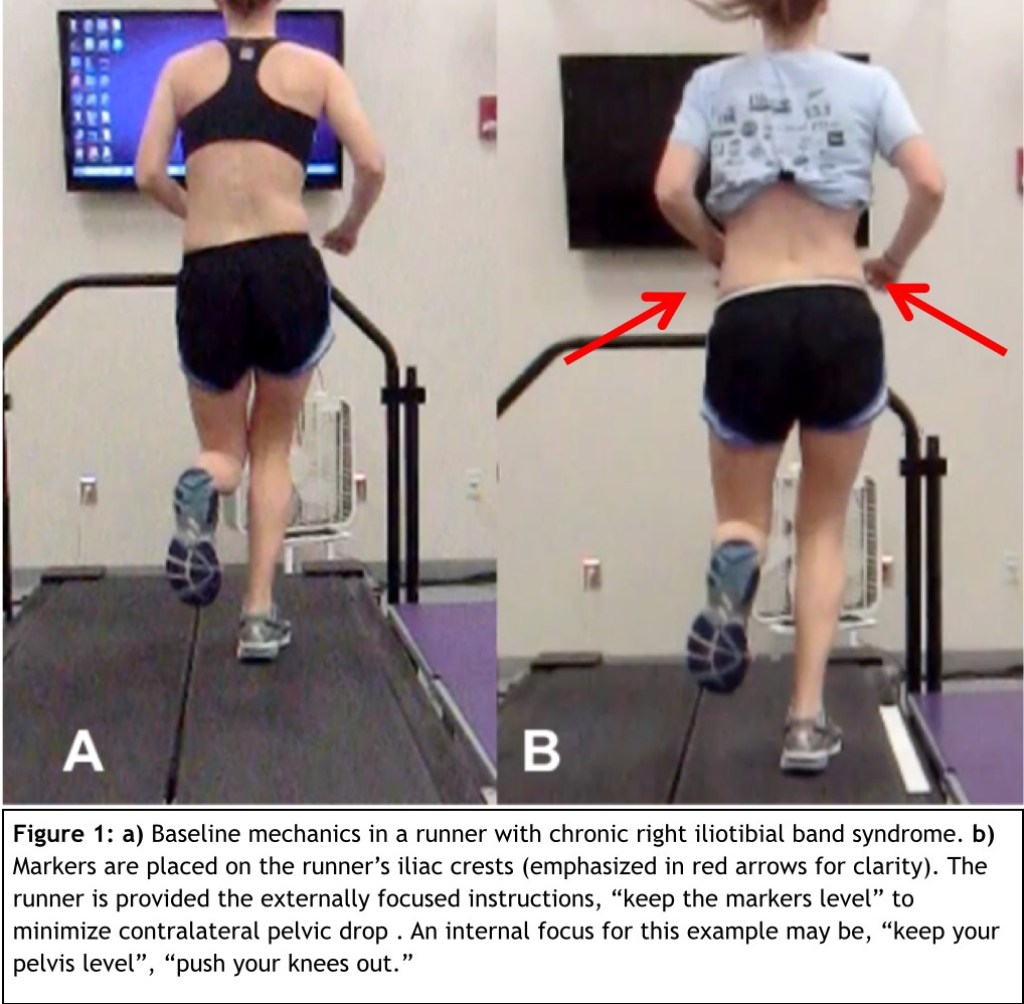There’s no need to endure the torture of rolling your IT band after every run. Here’s what to do instead.
Traditionally, foam rolling or stretching movements are touted as the cure-all for a painful IT band (short for iliotibial band, which runs from the crest of your lateral hip to just below the knee joint). If you’ve ever foam rolled your IT band, you know how much it hurts.
How it works: The IT band is comprised of fascia, a noncontractile connective tissue. However, your IT band does not change length the same way your muscles do. Instead, it provides a stable platform for your lower leg when walking and running. The most common site of IT band pain is at the lateral knee, but it can also irritate the lateral hip.

Photo: athletico.com
The IT band does not respond well to stretching or hammering on it with foam. The fascia may be pissed off, but in the same way I would not advise you stretch your irritated hamstring, I cannot advise stretching your irritated IT band. Not only will it hurt, but because we know this structure is not dynamic like muscle tissue, it’s useless to attempt to lengthen it.
A whole new approach is needed.
I prefer to look for the root cause of the pain site—it may be upstream or downstream from the area that’s actually giving you trouble. In most cases of IT band pain, how you move causes too much stress at the lateral knee. Here at RevoPT, I generally see a combination of pelvic drop and medial collapse at the knee during single leg stance (see below). As the pelvis drops and the knee moves inward, the IT band is placed on high tension. Adding velocity and volume to the equation leads to pissed off tissue. Instead of hammering on that tissue, address the root cause: the way you move.
See the difference in posture between these two photos:

By retraining your brain to help you correct faulty movements, you stand the best chance of having these become habit and ending your IT band pain for good. Two muscles that can help? Your glute medius and maximus are able to help control both pelvic drop and medial collapse at the knee. These exercises will help activate and strengthen these muscles, absorb more shock, and correct your form.
3 Things You Should Do Instead of Rolling Out Your IT Band
1. Active Shock Absorption Practice (Focus on a level belt: knee on top of the foot and a forward trunk lean similar to a squat)
2. Monster Walks
3. Skate
